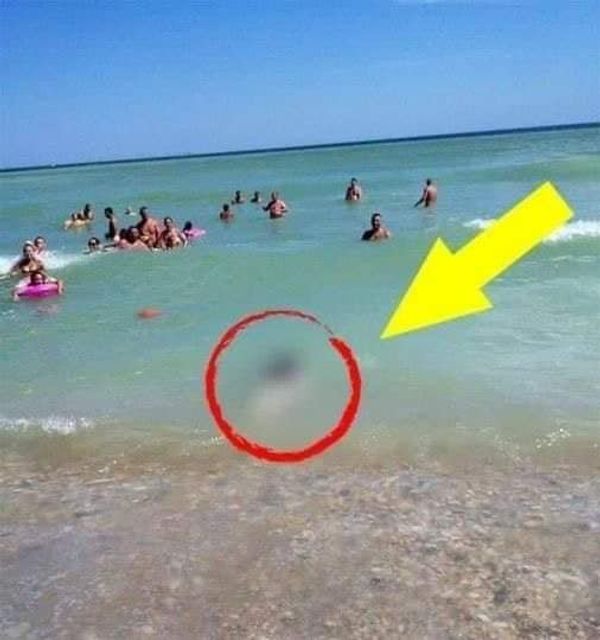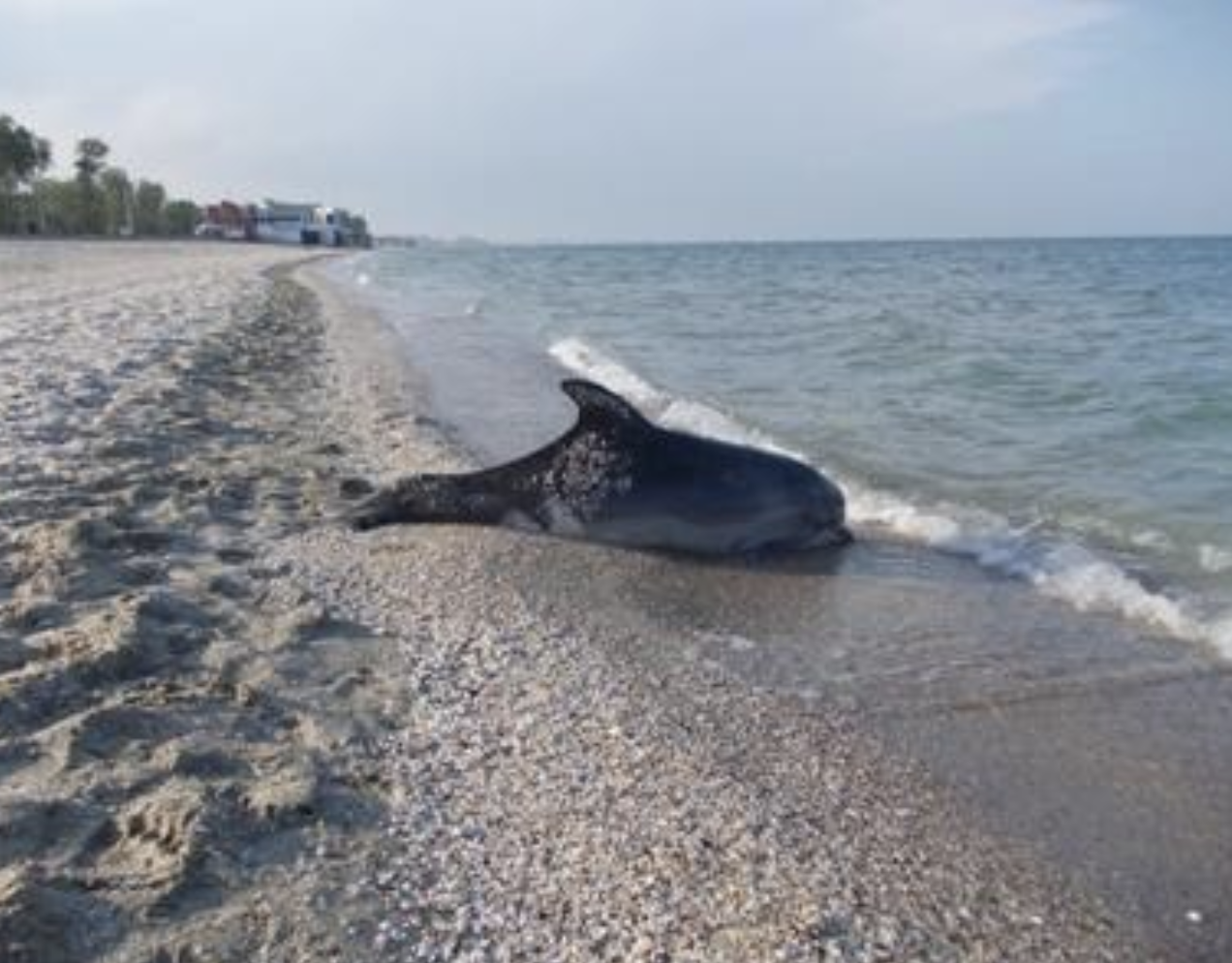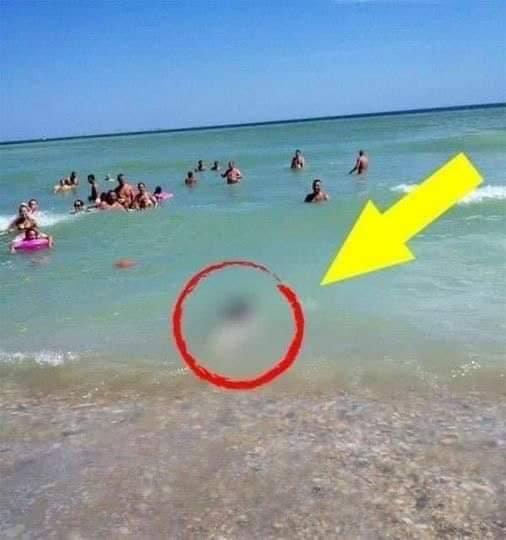Most tourists visiting the Romanian coast probably expect to witness picturesque landscapes, sun-drenched beaches, and perhaps a seagull or two. What they don’t expect is a dramatic marine rescue mission unfolding before their very eyes.
Recently, a group of beachgoers were given quite the spectacle as a wounded dolphin emerged from the sea. Identified as the Delphinus Delphis species, this brave little mammal managed to get to shore despite sustaining multiple injuries—likely from getting tangled in fishermen’s nets.

Now, let’s dive (pun intended) into a little fact-checking about the Black Sea’s marine residents. The cool Black Sea plays host to three notable species of marine mammals: the Common dolphin (Delphinus delphis ponticus), the Bottlenose dolphin (Tursiops truncatus ponticus), and the Harbor porpoise (Phocoena phocoena relicta). Each of these lovely creatures brings its own unique flair to the waters.
The Bottlenose dolphin and Harbor porpoise are more like the ‘farmers’ of the sea, sticking to coastal areas and munching on fish or other benthic organisms. Meanwhile, the Common dolphin is more of a ‘jet-setter,’ preferring the offshore zones and feasting on fish suspended in the water column.
How to spot a Common dolphin, you ask? Look for a bluish-gray to brown color on its dorsal side, adorned with a dashing V-shaped light lateral boundary. They’ve got a trendy pigmented band connecting the lower jaw to the pectoral fins, ranging from light to dark. Their dorsal, pectoral, and caudal fins shimmer in shades of black to gray-brown. Yep, they’re the fashionistas of the dolphin world.
These dolphins are also quite a sight in terms of size—average ones clock in at around 2 meters. Males usually measure about 177 cm, while females are a bit more petite at 159 cm. Despite their delicate looks, Common dolphins are very sensitive to the harsh effects of chemical and acoustic pollution. Consider them the environmental activists of the sea, if you will.
Common dolphins are social creatures, often seen flitting about in groups of 10-15 individuals. Ever the occasional lone wolf or dynamic duo can be observed exploring the depths—up to 70 meters deep! Renowned for their agility, they can reach swimming speeds of approximately 50 km/h, making them speedy Gonzales of the ocean.
When they’re not showing off their swimming prowess, these dolphins are taking quick, frequent breaths—about every third second during their short-duration dives. These fascinating beings reach sexual maturity as young as 2 years old, climbing life’s ladder faster than many humans. After a 10-month gestation period, dolphin moms nurse their young for roughly 4 months, showcasing top-notch maternal instincts.

Living to around 25-30 years old, these dolphins are gourmets of the sea. Their diet primarily includes small pelagic fish like sprat, anchovy, and gobies. Once in a while, their culinary experiments may lead them to dine on horse mackerel, cod, bluefish, red mullet, sea bass, shrimp, and even mollusks. With a daily food intake of about 10 kg, these dolphins eat like champions.
Knowing all these facts might seem like a deep dive, but it truly is important for us to understand and protect these marvelous creatures. The Black Sea wouldn’t be quite as magical without the playful frolics of its dolphin inhabitants.
So next time you find yourself near the Black Sea, keep your eyes peeled, your camera ready, and your heart open to the wonders of these incredible dolphins. After all, they deserve as much love and protection as they’ve been providing us with stories to tell for generations.




